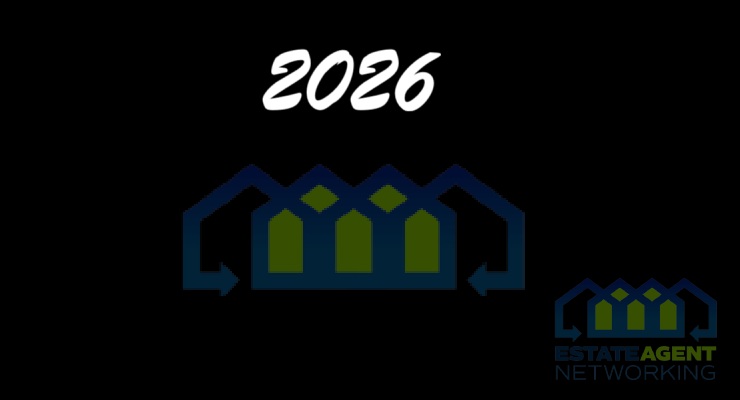What is a ‘Juliet guarding’?
Balconies are a popular option to provide some outdoor space for occupants of high-rise buildings, but there are many different types – when referring to a balcony, not everyone will be referring to the same design.
With various interpretations available throughout the construction industry, the British Standards Institution (BSI) set out to clarify more unified building standards for balconies and terraces through BS8579:2020.
Published back in August 2020, the updated standards introduced more specific definitions of industry terms relating to balconies and further safety considerations for their designs.
These changes included renaming the feature commonly known as a Juliet balcony to avoid confusion over particular balcony design requirements.
How has balcony terminology changed with BS8579?
Among the key definitions clarified by BS8579 are the distinguishing factors between balconies and terraces, and open and closed balconies. The technical definitions are as follows:
- Terrace – an external surface accessible above an internal space, which is above ground level outside of a building and has direct access from a building for purposes beyond maintenance.
- Balcony – an external amenity space above ground level which is exterior to a building with direct access from it (considered ‘open’ if it does not provide protection from weather).
- Enclosed balcony – a balcony that is protected against rain ingress by some kind of roof above and walls or screens to the sides (sometimes known as a ‘winter garden’ balcony).
These distinctions had to be made because safety regulations can refer to these types of structures separately, and insurance policies and warranties can vary according to each type.
While there are also free-standing balconies with independent supports, projecting balconies with cantilevers, and inset balconies that are recessed inwards, what was previously referred to as a Juliet balcony or balconette has been re-classified as a ‘guarding’ instead.
This is because Juliet balconies do not have an accessible external platform, so they do not fall under the BS8579 definition of a balcony. As such, the technical term for this feature is now Juliet guarding.
What does this mean if you want to install a Juliet balcony?
The change in rules does not mean that Juliet balconies are no longer allowed, just that they should professionally be known as Juliet guardings to avoid uncertainty over which regulations apply to their installation.
As they do not project externally, Juliet guardings will not be subject to the same wind load and drainage requirements as actual balconies, for example.
However, you should still consult your local authority if you want to install a Juliet guarding or balconette, as they can tell you which standards it must meet and whether you need to apply for planning permission or not.
You will still need to comply with the minimum height, width, thickness, and line load requirements for the balustrade you choose, as Juliet guardings are installed on upper floors and must still protect people and pets against falling from a height.
It may be beneficial to hire professionals to order and fit your Juliet balcony for you, as they should be up-to-date on the relevant regulations for a Juliet guarding.








